
As I’ve done for the last six years, I am publishing a retrospective list of the ‘top’ 20 influential papers of 2019 as assessed by experts in F1000 Prime (in no particular order). See previous years’ lists here: 2018, 2017, 2016, 2015, 2014, and 2013.
- Decline of the North American avifauna — … the first comprehensive assessment of population change in the North American avifauna.
- Scientists’ warning to humanity: microorganisms and climate change — … [highlights] the crucial role of microbial transformations in determining set points for sea temperature, pH and ocean productivity … [identifies] microbial activity as the “life support system of the biosphere”.
- (Note: Lots of people hated this one, basically because it appears to be severely flawed; nonetheless, it received several recommendations on F1000): The global tree restoration potential — … illustrates the substantial potential of capturing some of the excess carbon dioxide present in the earth’s atmosphere by planting trees.
- Managing the middle: a shift in conservation priorities based on the global human modification gradient — … probably the best global assessment of spatial extent of human modification of natural terrestrial environments published to date.
- Five decades of northern land carbon uptake revealed by the interhemispheric CO2 gradient — … [concludes] that northern hemisphere [sic] vegetation and soil account for the majority of the terrestrial carbon sink, rather than tropical forests (not trying to display too many sour grapes here, but we’ve already reported this for the boreal forest, and they didn’t even bother to cite us — sad panda)
 One of the things that I’ve often wondered about is whether making the effort to spread your scientific article’s message as far and wide as possible on social media actually brings you more citations.
One of the things that I’ve often wondered about is whether making the effort to spread your scientific article’s message as far and wide as possible on social media actually brings you more citations.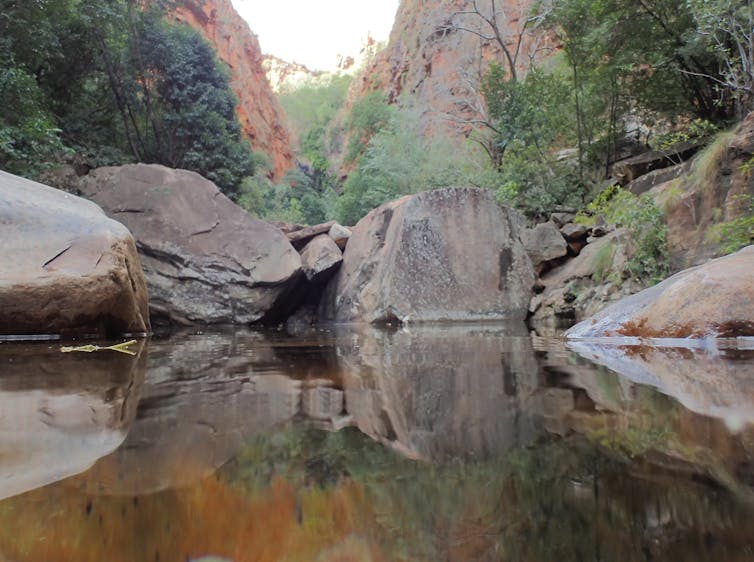

 Over the last 60,000 years, many of the world’s largest species disappeared forever. Some of the largest that we generally call ‘megafauna’ were first lost in Sahul — the super-continent formed by the connection of Australia and New Guinea during periods of low sea level. The causes of these extinctions have been heavily debated for decades within the scientific community.
Over the last 60,000 years, many of the world’s largest species disappeared forever. Some of the largest that we generally call ‘megafauna’ were first lost in Sahul — the super-continent formed by the connection of Australia and New Guinea during periods of low sea level. The causes of these extinctions have been heavily debated for decades within the scientific community.
 Even with these data, it has been a struggle to gather enough fossils for large-scale analyses because reports of these records are usually scattered across the scientific literature, with no standardised quality control to make them comparable to each other. Designing a way to standardise these records is therefore important to avoid misleading conclusions.
Even with these data, it has been a struggle to gather enough fossils for large-scale analyses because reports of these records are usually scattered across the scientific literature, with no standardised quality control to make them comparable to each other. Designing a way to standardise these records is therefore important to avoid misleading conclusions.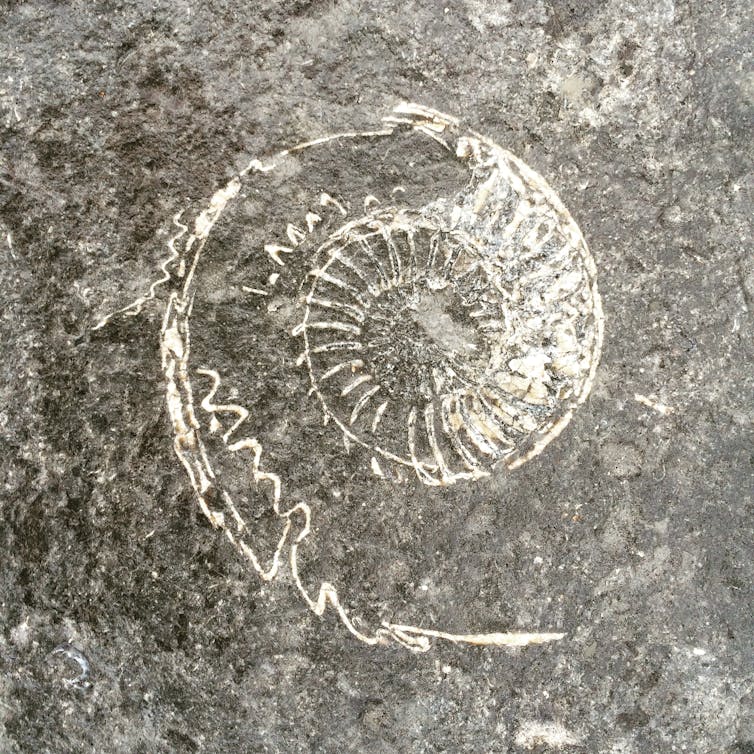

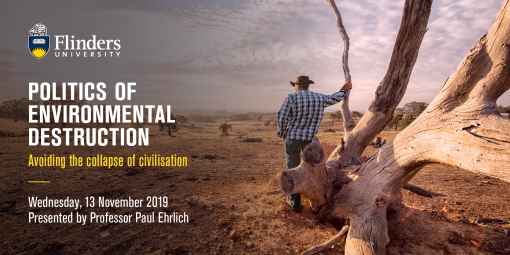
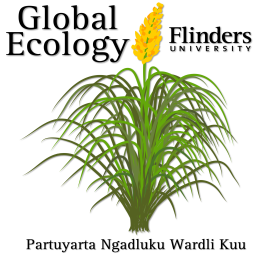 What’s in a name? Well, rather a lot, I think.
What’s in a name? Well, rather a lot, I think.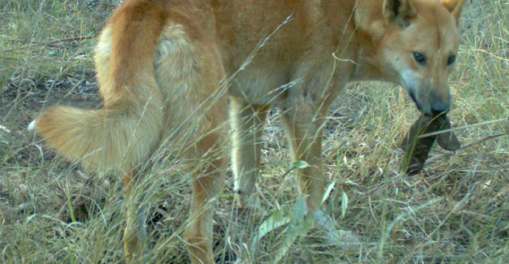
 it’s a provocative title, I agree. But then again, it’s true.
it’s a provocative title, I agree. But then again, it’s true. Measuring educational performance is difficult at any stage, especially since most school-level performance indicators are based on ‘standardised’ tests of a few select students in particular years. But if you think that is questionable, you can rest assured that it is a hell of a lot more objective and better quantified than
Measuring educational performance is difficult at any stage, especially since most school-level performance indicators are based on ‘standardised’ tests of a few select students in particular years. But if you think that is questionable, you can rest assured that it is a hell of a lot more objective and better quantified than  I contend that publishing articles in nearly all peer-reviewed journals amounts to a form of
I contend that publishing articles in nearly all peer-reviewed journals amounts to a form of 






